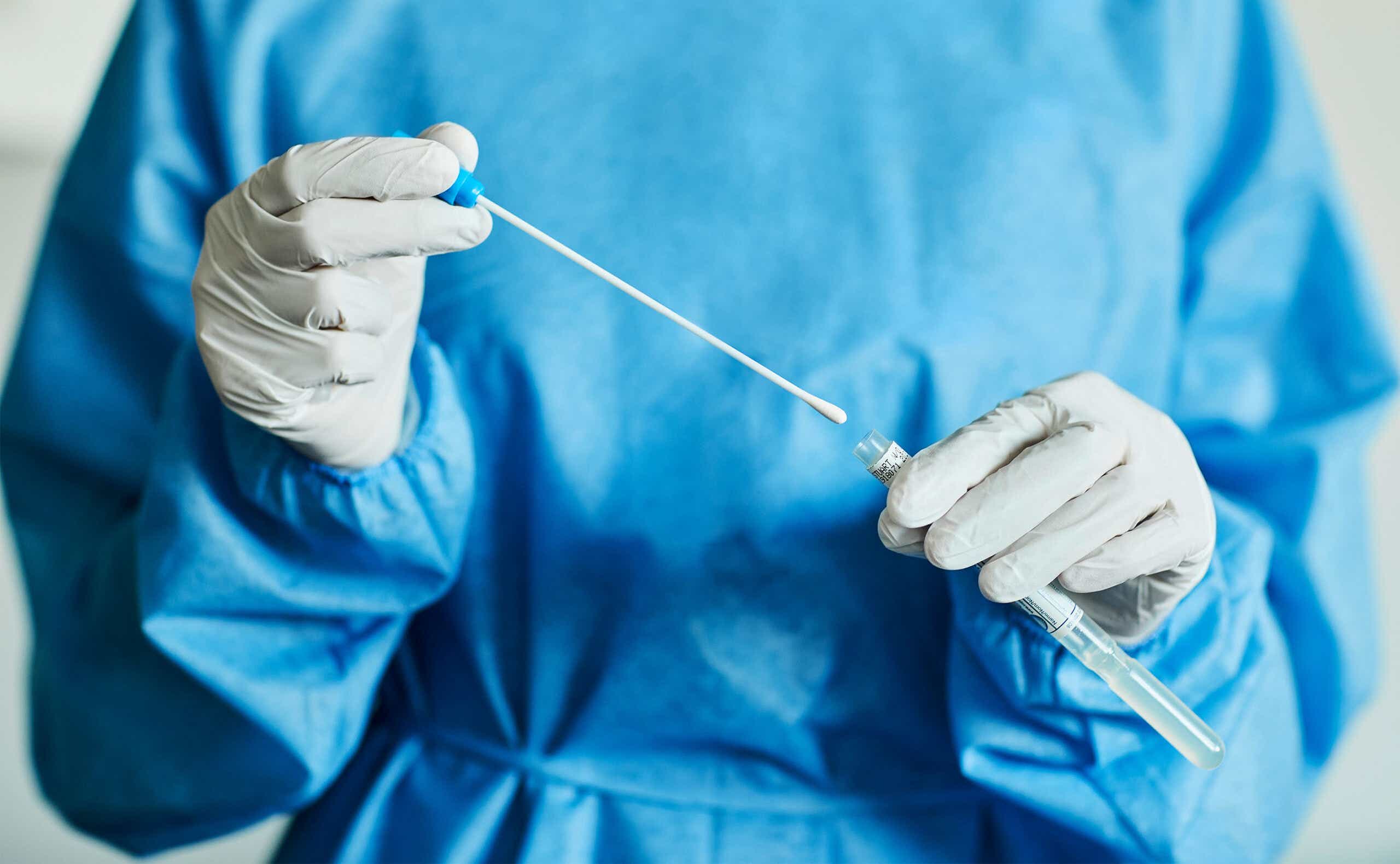Public health experts have their eyes on South Africa, where two Omicron subvariants are fueling a new surge. Here’s what we know so far about BA.4 and BA. 5.
The situation in South Africa:
In December, the original Omicron strain, known as BA.1, led to a spike in cases throughout the country. After a lull, infections are back up, having tripled in the past week due to the spread of two new Omicron sublineages, BA.4 and BA. 5.
What’s known about the subvariants?
Early data suggests BA.4 and BA.5 can dodge the antibodies produced by a prior infection of BA.1 in unvaccinated people. Only about 30 percent of South Africans are fully vaccinated, which is why the country is seeing this surge.
BA.4 and BA.5 also appear to be more infectious than BA.2 — the so-called “stealth Omicron” — and BA.1, South African scientist Tulio de Olivieira told Bloomberg. It’s still unclear whether these strains cause more severe illness or if they have the potential to surge globally like the original variant.
The situation in the U.S.:
Both of these subvariants have been detected stateside. But according to the Centers for Disease Control’s database, they represent less than 1 percent of total cases from April 17 to April 23, Fortune reports.
BA.2 is still the dominant strain in the U.S., with two closely related variants (BA.2.12 and BA.2.12.1) spreading rapidly through New York state. Infections are rising in New York City, which the New York Times reports is now seeing close to 2,500 cases a day — up from about 600 in early March. That’s enough to move the city back up into a classification of “medium” covid risk.
But the true number of infections could be even higher, experts warn, because many New Yorkers are testing at home, and those positive results aren’t included in the city’s official tally. Although hospitalizations have so far remained low, the bump in cases could potentially open a debate about the return of masking and other health restrictions.
And speaking of masking, requirements to do so have largely been lifted throughout the country, but that doesn’t mean you can’t continue to cover up if you have close contact with someone who’s immunocompromised or otherwise at high risk — or simply if you’re more comfortable that way. If that’s the case, consult our guide to the best places to buy masks online for insight into breathable, high quality options that offer top-notch protection.









